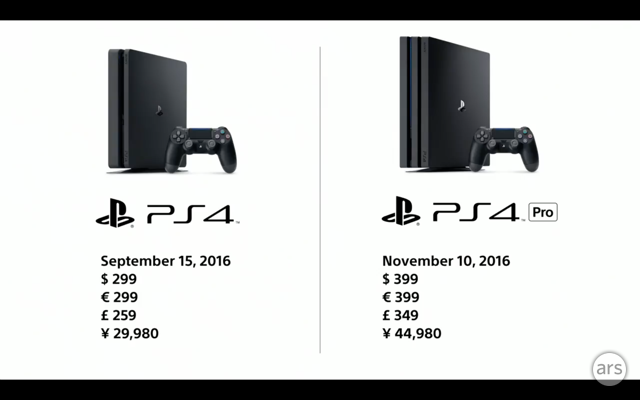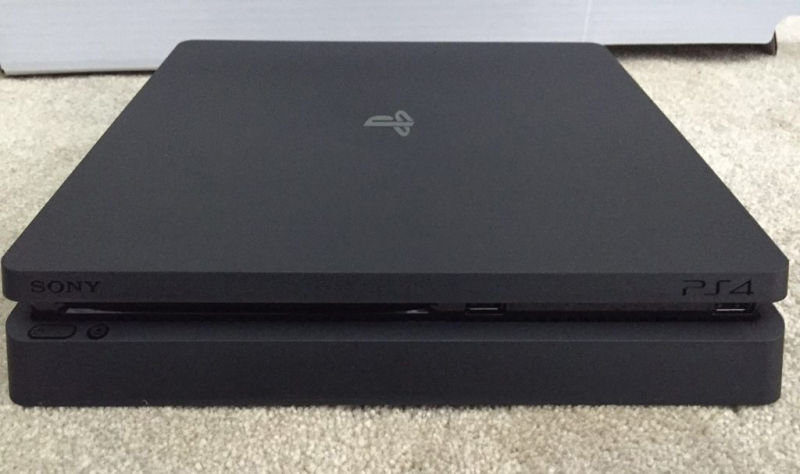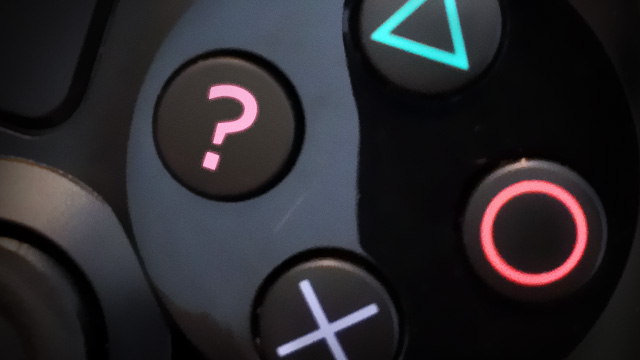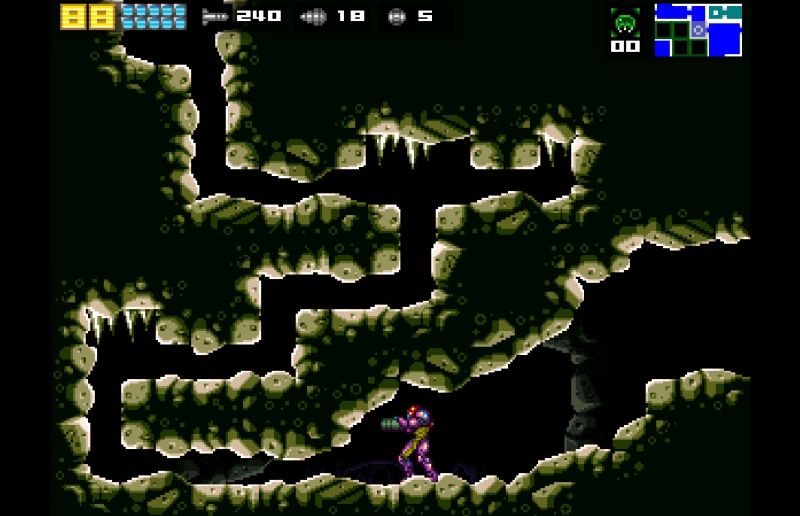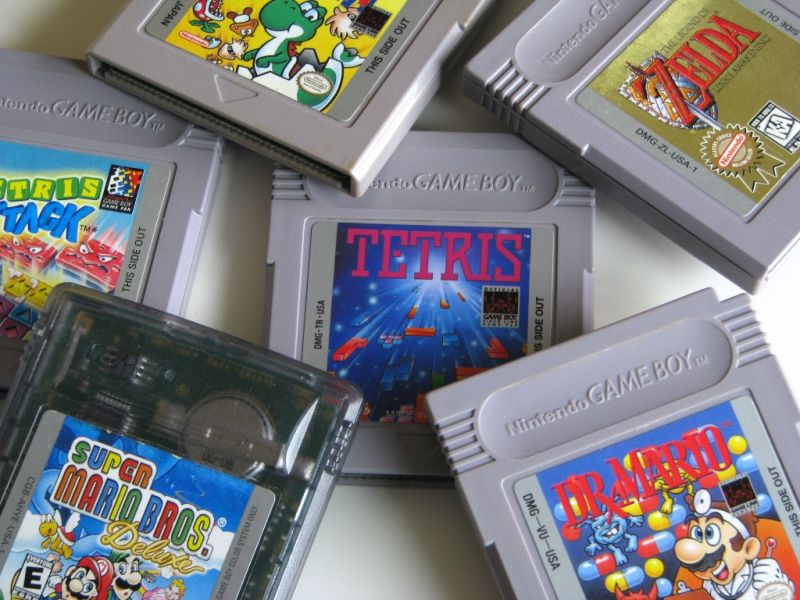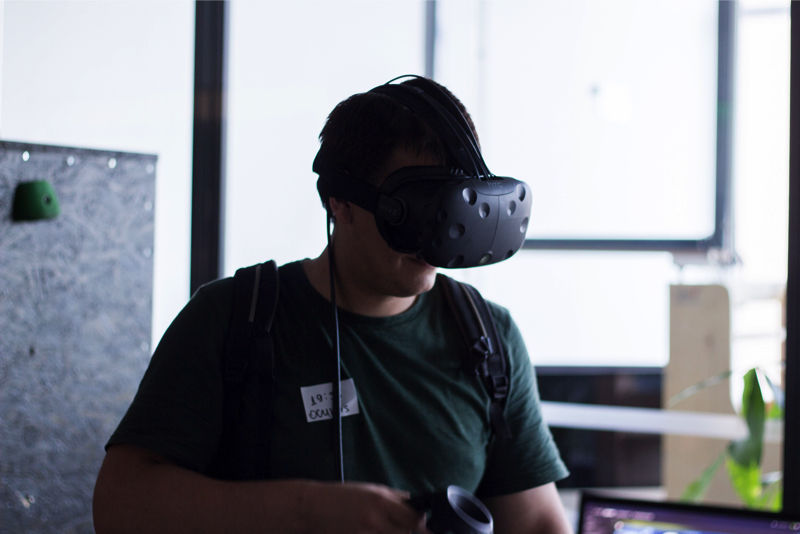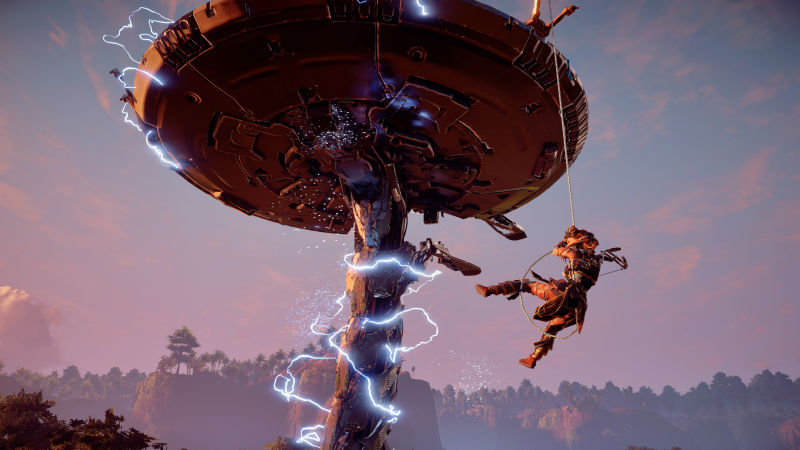
Enlarge / Depending on your display, this Sony-provided image might not do the added graphical effects of the PS4 justice.
In introducing the PS4 Pro yesterday, Sony compared the addition of 4K resolution and high dynamic range (HDR) to the jump from standard definition to high definition that took place in consoles a decade ago. After seeing the Pro demonstrated in person after Sony's announcement event last night, however, I can't say the jump in graphical fidelity is really comparable to that SD-to-HD leap.
At its base, the PS4 Pro is just a more graphically powerful version of the standard PS4. The new unit's AMD GPU is capable of 4.2 teraflops, Sony says, compared to 1.84 teraflops on the standard model. That would seem to put the Pro somewhere between AMD's recently launched Radeon RX 470 and 480 PC graphics cards in terms of raw graphical processing power (though differences in PC and console architecture make that something of an apples-to-oranges comparison). The PS4 Pro also sports unspecified improvements to the CPU clockspeed and memory bandwidth over the standard model.
To be clear, there's no single set of standard improvements that you'll always see in a PS4 game running in "Pro mode." Developers have a lot of freedom in how they take advantage of the improved hardware specs to alter the look of their games. As long as Pro Mode looks better than standard mode (while not running at a worse frame rate), it's fine by Sony.
